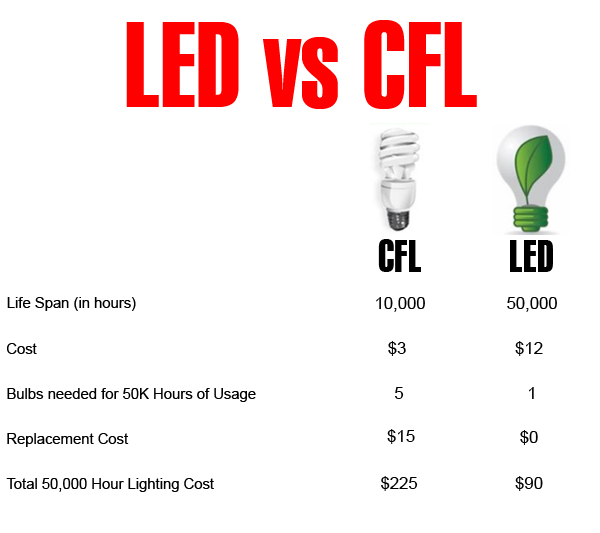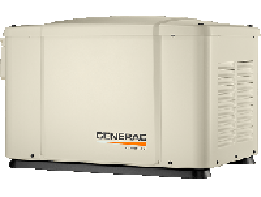The average home spends hundreds of dollars a year on energy costs. But you can lower your energy bills and help save the environment at the same time!
Be a speedy chef
Nothing is more energy efficient for cooking than your microwave. It uses two-thirds less energy than your stove.
Push a button to wash your dishes
Surprise! Your dishwasher uses less water than washing dishes by hand. Then let dishes air-dry to save even more!
Fill up the fridge
Having lots of food in your fridge keeps it from warming up too fast when the door is open. So your fridge doesn't have to work as hard to stay cool.
Cutting back unnecessary energy use is an easy way to reduce energy consumption while saving money. Here are some additional suggestions you can do at home, at absolutely no cost to you.
Turn up your thermostat
Set your thermostat to 78 degrees when you are home and 85 degrees or off when you are away. Using ceiling or room fans allows you to set the thermostat higher because the air movement will cool the room. Always take into account health considerations and be sure to drink plenty of fluids in warm weather. (Save: 1 - 3 percent per degree, for each degree the thermostat is set above 72 degrees)
Use your appliances wisely
To help prevent electricity outages, avoid running your appliances during peak hours, -- from 4 p.m. to 6 p.m. -- or anytime an electricity emergency is declared.
Do your laundry efficiently by using the warm or cold water setting for washing your clothes. Always use cold water to rinse clothes. (Save: 4 percent)
Line dry clothes whenever you can.
When you need to use the dryer, run full loads, use the moisture-sensing setting, and clean the clothes dryer lint trap after each use.
Conserve energy by running your dishwasher only when it is fully loaded, and turn off the dry cycle and air dry dishes instead.
Operating swimming pool filters and cleaning sweeps efficiently
Reduce the operating time of your pool filter and automatic cleaning sweep to fourto five hours, and only during off-peak time.
Eliminate wasted energy
Turn off appliances, lights and equipment when not in use. (Save: 2%)
Unplug electronic devices and chargers when they aren't in use-most new electronics use electricity even when switched "off." Turn computers and printers off at the power strip.
Unplug and recycle that spare refrigerator in the garage if you don't really need it.
Inexpensive Energy Solutions
Make a quick trip to your local hardware store to purchase inexpensive energy-saving tools and equipment.
Replace air conditioner filters
Dirty filters restrict airflow and can cause the system to run longer, increasing energy use. Replace filters monthly for maximum benefit.
Plug your home's leaks
Weather-strip, seal, and caulk leaky doors and windows and install foam gaskets behind outlet covers.
Choose ENERGY STAR® products
CFL vs LED
In 2014, the US stopped the manufacturing and import of the incandescent light bulb, the type of light bulb we have always used. As the supply dwindles, you will now have a choice between CFL (compact fluorescent) and LED (light emitting diode) bulbs.
What are they and which one should you choose?
CFLs are simply miniature versions of full-sized fluorescents. They screw into standard lamp sockets, and give off light that looks similar to the common incandescent bulbs - not like the fluorescent lighting we associate with factories and schools.
LEDs are small, very efficient solid bulbs. New LED bulbs are grouped in clusters with diffuser lenses which have broadened the applications for LED use in the home. LED technology is advancing rapidly, with many new bulb styles available. Initially more expensive than CFLs, LEDs bring more value since they last longer. Also, the price of LED bulbs is going down each year as the manufacturing technology continues to improve.











